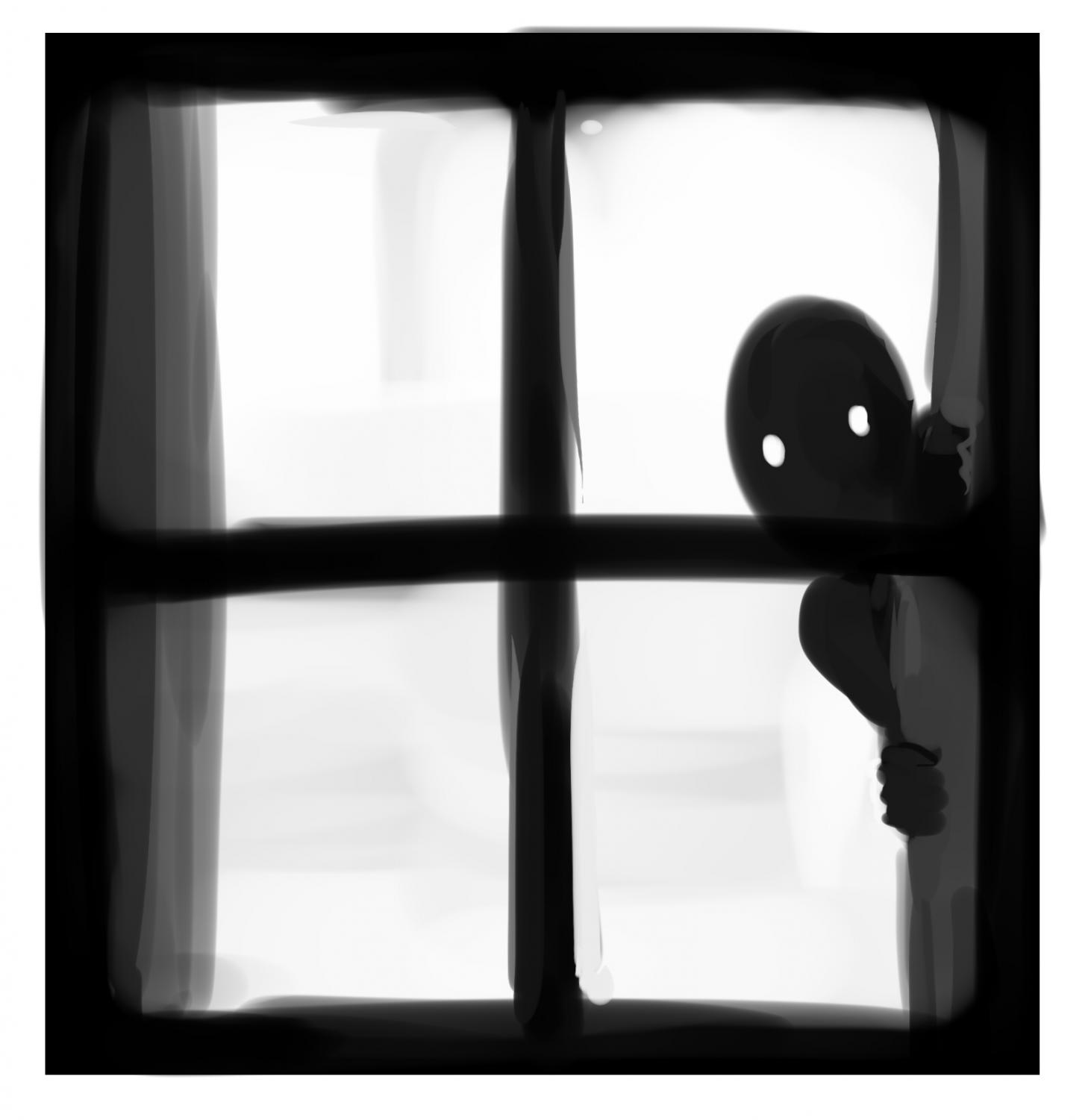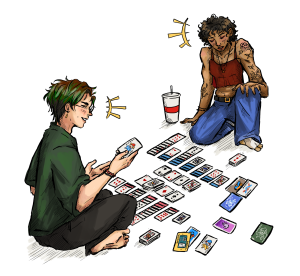Active Bystanders
November 9, 2017
To what extent are viewers or bystanders of injustice responsible for what they have failed to intervene in? In situations where they cannot or do not know how to help, this is an especially difficult question to answer.
In the end, we are all human. We will find ourselves in situations where we simply do not know what to do. However, we do bear a responsibility to help others. It is in our best interest to create a positive social environment for everyone, especially for victims of injustice. Thus, it is an act of learning and adaptation to fill the crucial role of an active bystander–someone who takes action, even in situations where they do not know what to do. Someone who knows how to seek help from others, and when to provide help themselves. Yet, it is also someone who knows when to productively step back when the situation does not call for extra hands. The problem arises when people believe others will step in and take care of the situation.

When viewers or bystanders have failed to intervene after witnessing injustice, they do carry some responsibility. Although, especially when they cannot or do not know how to help, the responsibility is on us. We ought to teach children how to handle situations like these. Of course, there is no universal protocol to guarantee success 100 percent of the time. But a little mental framing goes a long way.
If children were taught to immediately respond in a situation of injustice as much as they are taught their ABC’s or to stop, drop and roll, reports of bullying and discrimination would surely be lower. And wouldn’t it be wonderful to see someone give a homeless person a hand up and a few minutes of their time to help them out? That could be you! That could be us! But many of us have reservations, and it’s not so easy to change the habits of millions. However, it is fruitful to try and get the ball rolling. Schools are the best place to do so, and bullying is perhaps the best place to start.
One of the most successful programs to date on preventing bullying and inactive bystanding is now integrated in the Finnish school system. Called KiVa, it is a program that focuses on the macro student population, instead of the traditional micro level aimed at the bullies themselves. The program teaches empathy and an understanding that bullying is not socially acceptable. It represents just one way we can encourage action over inaction.
While we may just be human, we ought to be better at helping one another. Programs like KiVa are a great place to start, and they can have cascading effects to make us more empathetic and active in general. Thus we do bear some responsibility when we do not act, but not all. The fact that many of us feel we cannot or do not know how to help indicates a failure of our societal/social norms. We have an imperative to teach our children how to be active bystanders in order to prevent injustice. A little mental framing goes a long way.





